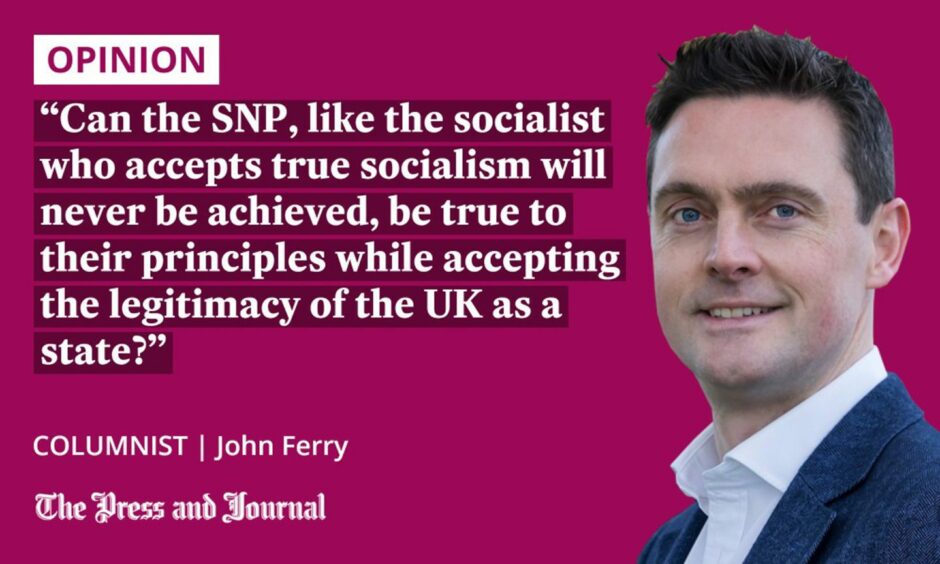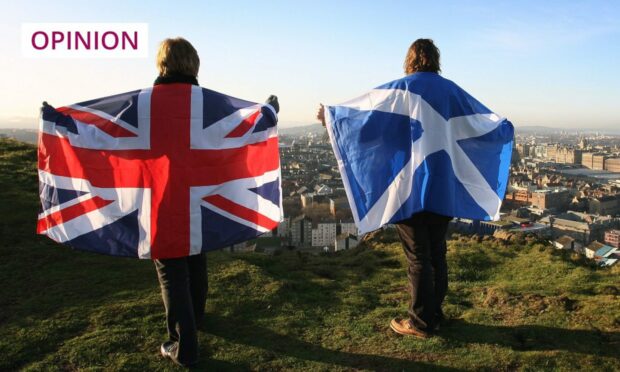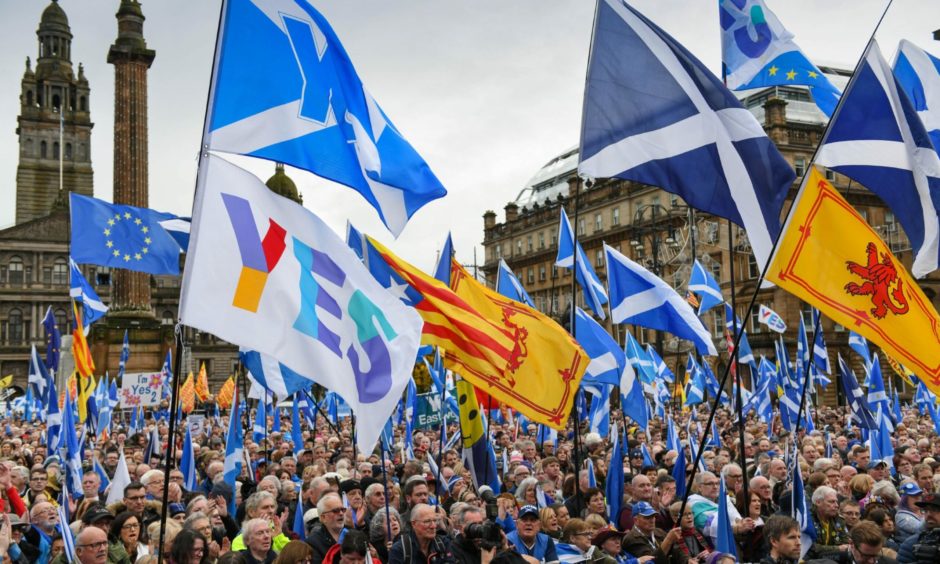Are we on the cusp of a historic softening of the SNP’s hard-line position on breaking up the UK? Nicola Sturgeon stated recently she feels British as well as Scottish.
At Westminster, Ian Blackford is saying nice things about our UK parliament, while a leading thinker in the nationalist movement, Stephen Noon, is floating a pivot to ‘independence within the UK‘.
All this has set tongues wagging that a new strategy is afoot.

A cynic might see it as mere positioning for the next general election. The last thing the SNP wants is to be side-lined at Westminster as a left-of-centre government creates positive change for the country.
A progressive UK could see the SNP lose voters fast, especially among the young.
How can SNP keep young vote?
To avoid that, the party needs to either be in a position of real influence at Westminster or have their favourite bogeyman, the Tories, retain power.
Signalling a willingness to work constructively in London as part of a ‘progressive alliance’ serves this aim. In the unlikely event such an alliance materialises then the SNP will no doubt demand a referendum in return for their support.
More likely, voters in England will neutralise the possibility of a party with no interest in their welfare achieving a position of power, producing another Tory government. Either outcome works for the SNP.
But let’s put cynicism aside for a minute and accept that the SNP genuinely wishes to move away from the radical position of splitting Britain into two separate states. Can they really be anything other than absolutist?
Can they, like the socialist who accepts that true socialism will never be achieved, but that a journey without end towards it will anyway deliver a more just society, be true to their principles while accepting the legitimacy of the UK as a state?
Precedent for independence set in Canada
There is a precedent of sorts. It wasn’t so long ago when Quebec nationalism threatened to tear apart Canada. Quebec sovereigntists managed to secure referendums on secession in 1980 and then again in 1995.
The ‘Yes’ side lost both times, falling short by a mere whisker in the second vote. But since then the nationalist movement has split and morphed and ultimately come to be dominated by relative moderates pursuing greater autonomy for Quebec within Canada.
It is notable that the party that delivered Quebec to the brink of secession, the Parti Quebecois (PQ), having refused to budge from its absolutist position on la question nationale, is now a shadow of its former self.
Languishing in polls, PQ leader maintains sovereignty is the way forward https://t.co/XbxE8oTK1h
— Montreal Gazette (@mtlgazette) May 28, 2022
In Quebec’s last general election, held in 2018, the PQ garnered less than 20% of the popular vote for the first time since the party was founded in the late 1960s.
The next elections in the province will take place just a few weeks from now, on October 3rd. PQ’s leader, Paul St-Pierre Plamondon, remains committed to independence. “We do not back down, we do not deviate, we do not apologize, we do not change our minds,” he said in a speech in May.
He has also talked of “campaigning on hope” and on “our right to decide for ourselves democratically”.
Sound familiar?
Time to make Scottish politics less tribal
PQ is currently polling last among the five major parties for next month’s election, with some commentators pointing out that Quebec politics is getting back to normal, meaning centred on the left-right divide instead of the issue of sovereignty.
Smarter Scottish nationalists might see a similar danger for Scotland’s dominant sovereignty party. A move to pre-empt a fall by making the needed changes now to stay ahead of the electorate does, therefore, have some logic to it.
It might take a marked decline in support for secession to give such a strategy purchase, but with Brexit and the Johnson premiership having failed to move the dial in favour of breaking away, and with a general sense of burnout starting to pervade the nationalist movement (who really thinks there will be a referendum next year?) a drift downwards in support seems not unlikely.
A switch back onto the left-right spectrum in Scottish politics would be welcome. It would create an electorate ready to use their votes to punish those responsible for bad policy outcomes.
It would make our politics less tribal, with passions directed not towards defending an identity but to delivering real positive progress.
It would also likely be good for prosperity, as the threat of Scotland becoming the first part of any of the world’s advanced economies to experiment with cutting itself away from its national economic base recedes.
At this point, this might still be wishful thinking. But even if there is no change in direction from the SNP, it seems the long term trend is for some kind of compromise from absolutes. Sensible people will welcome that.
John Ferry is a regular commentator on Scottish politics and economics, a contributor to think tank These Islands, and finance spokesperson for the Scottish Liberal Democrats



Conversation